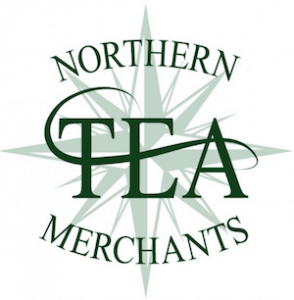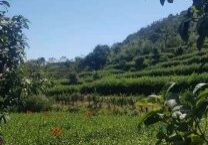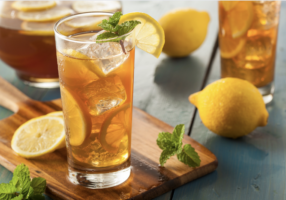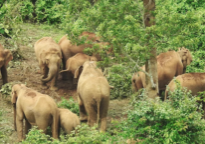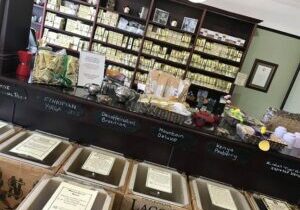Some would say that tea is the new wine, and to some extent it is – especially when it comes to choosing one. Loose leaf tea is enjoying a resurgence amongst the UK´s tea drinkers.
But like wine, don’t be afraid to experiment. There is no such thing as right or wrong; it’s all down to personal taste.
A favourite saying of James Pogson, Director of Northern Tea Merchants is: “If you want to drink your tea out of a wellington boot with clotted cream and brown sugar, then I really don’t mind, as long as it’s my tea.”
If you want to enjoy tea in its purest form (i.e. loose leaves) then here is James’ guide to preparing the perfect cuppa.
1. Select a good quality tea – the phrase ‘you get what you pay for’ is applicable to tea.
Flavoured teas typically use a lower quality leaf as the flavour of the added ingredients is designed to be the main flavour. Northern Tea Merchants’ tea infusions are different however, as we always use quality tea as a base flavour.
When choosing a small leaf tea, check how clean it looks. You don’t want many flecks. Although some quality Indian and Sri Lankan teas do contain flecks compared to their African counterparts
Large leaf – the leaf should be ‘well made’. Look for long wiry leaves – you don’t want much breakage. If the tea is rolled, look at how well made and how large the individual pellets are – you want an even roll size with no bits of powder or stalk.
2. Choose your teapot – Metal teapots are not recommended as they can impart a metallic taste. Go for earthenware and it must be clean before you start! If you’re making tea in a cup, then use an infuser like our Mr Tea.
3. Always warm the pot – using boiling water out of the kettle before adding the leaves.
4. Add the tea – Add 1 good heaped teaspoon of tea per person + 1 for the pot – alter according to taste.
5. Water temperature – if you want to be a purist, then here are the temperatures water should be at when you add to different types of tea:
• Japanese – from 65 degrees
• Green tea – from 85 degrees
• Darjeeling – 85 – 90 degrees
• Small leaf black tea – 96 degrees and above
• Large leaf black tea – 85 degrees
6. Brewing – Allow the tea to infuse in the water for between 2 – 5 minutes. Careful stirring will reduce the brewing time.
7. Serving – Milk is optional and is always according to personal taste. But the question everyone asks is ‘is it the milk or tea first?’ You decide…
In the late 1700s tea was a hugely expensive commodity, as were the china pots and cups it was served from, therefore as a mark of respect to your host, who had invited you to partake of this wonderfully exotic beverage, one would add a small amount of milk to your teacup to help prevent the glaze of the china cracking before the hot water was added.
And it continued this way until the 1930s when Evelyn Waugh wrote to Nancy Mitford describing a fellow socialite as ‘very milk in first’ implying they were old fashioned and boring. With the advent of the teabag in the form we know today in the early 1960s, the trend started to shift to milk in second.
It doesn’t matter whether you add milk first or second, but there have been a number of scientific studies around how lipids in milk are affected by hot water. Again, it’s down to personal taste.
8. The cup – Some people would argue that tea tastes better out of a china cup, however it is just psychology. And, we’ll say it again… it’s purely down to personal taste.
9. Enjoy your perfect cuppa
